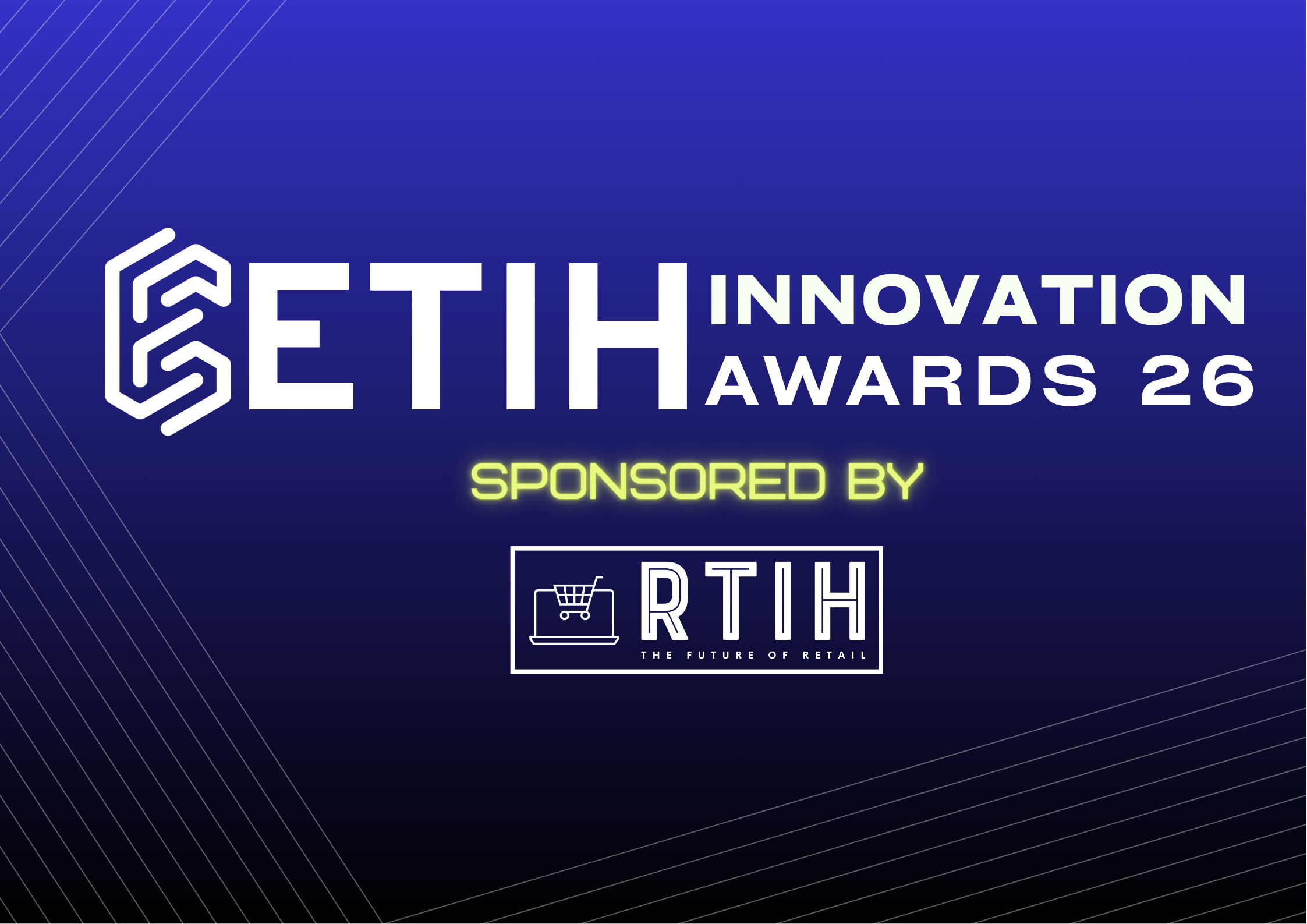Mastercard’s Anouska Ladds explains how modernized payments are delivering benefits to students and institutions
Anouska Ladds, Executive Vice President, Commercial & New Payment Flows, Asia Pacific at Mastercard
ETIH catches up with Anouska Ladds, Executive Vice President, Commercial & New Payment Flows, Asia Pacific at Mastercard about how modernized payment systems can support provide speed and security in ways that benefit both students and institutions.
Can you tell our readers a bit about yourself and your role at Mastercard?
As Executive Vice President of Commercial & New Payment Flows for Asia Pacific, I lead Mastercard’s work to expand and reimagine how money moves for organizations and businesses – whether that’s helping large organizations streamline their payments or enabling small businesses to grow with confidence.
I also oversee Mastercard Move, our suite of cross-border and domestic payment capabilities that power everything from person-to-person transfers to business disbursements across the region.
Over my 17 years with Mastercard, I’ve seen first-hand that modernizing payments is about more than speed. It’s about building resilience. For SMEs, that means being better prepared for economic slowdowns. For larger institutions, it means managing complex vendor ecosystems with greater efficiency. The common thread is clear: when you digitize your financial infrastructure, you unlock flexibility, control, and the confidence to scale for the long term.
What shifts are you observing in the way cross-border payments and financial services are enabling international education?
In Asia Pacific, where and how students pursue higher education is shifting. Driven by tighter immigration rules and policy disruptions, students in this region are looking closer to home in search of new educational opportunities. Universities within Asia are gaining popularity as they are culturally familiar and closer to home, easing travel and visa worries among students. Coupled with high-quality research, strong faculty, and global programs, Asian universities are fast emerging as comparable alternatives to Western counterparts.
Student interest in Asian destinations such as Singapore, Taiwan, and South Korea rose by 19 percent from March to June 2025, with Hong Kong growing 125 percent quarter on quarter. Against this backdrop, the region’s higher education market is projected to grow 13.2 percent annually to $28.3 billion by 2033.
However, even as demand rises, many universities in Asia may face challenges in keeping pace, particularly when it comes to cross-border payment processes. Tuition payments across countries often still rely on systems that lack speed, transparency, and security. And outside well-trodden destinations like the US and the UK, some countries are still in the process of digitizing their payment infrastructure. This creates not just friction for universities and students, but also an opportunity for institutions to modernize and deliver a more seamless experience, from accepting fees to disbursing scholarships.
How do current tuition payment processes impact students - particularly international students?
The traditional ways of paying tuition can be a source of stress for many students and universities. Navigating cumbersome bank wire transfers or remittances can take days or even weeks, with little visibility on how the money moves, the currency exchange rate, and when the transfer will be completed. It’s also common to be caught off guard by hidden transfer fees, which can throw off a carefully planned budget and add up over several semesters. For example, Indian families have collectively lost an estimated $200 million in hidden charges for school-related transactions in 2024. Many international students report challenges such as payment delays or complexities, and risk losing their university admission or visa due to late tuition payments. According to Mastercard’s Borderless Payments Report, 31 percent of people sending money abroad have no way to track their transfer’s status.
Ultimately, the risks spill over to universities: affecting budgets and cash flow for faculty salaries, enrichment programs, and increased admin hours spent reconciling accounts with students and banks. We’re focused on reducing these interconnected payments’ pain points with better digital solutions, so universities focus on providing the right courses and learning experiences for their students.
How is Mastercard using technology to improve this process?
Modernizing payments is a big priority for us and we’re tackling it on multiple fronts. One flagship effort is Mastercard’s money transfer portfolio, called Mastercard Move, which leverages our global network in more than 200 countries and 150 currencies. We’ve essentially built rails that let money travel across borders quickly, securely, and with transparency and choice – whether it’s a parent in Malaysia paying an Australian university, or a student in Japan receiving funds from home.
We’re also integrating new technologies such as account-to-account payments and mobile wallet options as part of Mastercard Move, so families have flexibility in how they send and receive money.
Overall, our role is to connect through our technology and collaborations so that moving money for education is as straightforward as buying a textbook online. We continue to invest in innovative ways to increase access and scale digital payment solutions across the region with the aim of delivering more seamless experiences for all across the education industry.
How else can modernized payments improve the student experience?
When universities improve payments, they’re actually improving students’ and faculties’ day-to-day lives in several ways:
Speed – If a tuition payment that used to take a week now settles in a matter of hours, that student can get confirmation of enrollment and access campus services almost immediately. In fact, with some payment solutions, international tuition transfers can be completed in under 24 hours, which lets students focus on their courses instead of worrying about admin processes. Faster payments mean less anxiety and no interruption. Nobody gets locked out of class or housing because of slow funds.
Transparency – New platforms let students and their families see exactly how much will arrive, in real time, with no surprise deductions. For example, being able to pay in your home currency at a locked-in rate and track the payment progress gives peace of mind that every dollar (or yuan, or rupee) is accounted for. That clarity builds trust in the university. Families feel confident they’re not overpaying or losing money to hidden charges.
Security – Tuition represents one of the largest financial commitments families make, making it crucial to ensure those funds are safe. With modern payment systems supported by trusted networks and robust fraud protection measures, families can feel confident that their funds won’t be lost or misdirected. Universities also gain from this, as they can count on timely and accurate payments, which minimizes administrative issues and disputes.
Convenience – Students today are digital natives; they expect to handle tuition in the same way as any other online service – via an app or web portal, with a few clicks. When we meet that expectation, students feel empowered and supported to take charge of their own education.
It’s one less hurdle in what is already a challenging transition to studying abroad. In short, faster, transparent, and user-friendly payments translate to students starting their education journey on the right foot, with confidence and less stress.
Do modernized payments offer benefits to education institutions as well?
Arguably, the benefits are longer lasting for institutions because they concurrently manage several batches of students pursuing a variety of subjects with different fees. Beyond the various degrees, there’s added complexity with full, executive, and part time programs, students on leaves of absence or interning, and in case they change courses.
When schools upgrade from manual, fragmented payment processes to a modern digital platform, the efficiency gains are significant, multiplied over student batches. As funds arrive faster and with richer data, a university’s finance office can see who paid what in real time and have student records updated immediately. This eases reconciliation and cuts down on human errors or lag.
Security is also a big win: streamlined payment systems come with built-in compliance checks and fraud controls, far stronger than handling piles of cash, loose cheques or emailed credit card forms. So, schools can trust that the payments they receive are legitimate and secure, reducing the risk of fraud or disputes.
Lastly, offering streamlined payments is part of providing a good student experience and what can set institutes apart. Universities compete for talent globally, and students (and their parents) notice when an institution makes things accessible, easy and modern. By removing friction from payments, schools not only operate more efficiently and securely but also build a reputation for being student-oriented and forward-thinking.
The ETIH Innovation Awards 2026
The EdTech Innovation Hub Awards celebrate excellence in global education technology, with a particular focus on workforce development, AI integration, and innovative learning solutions across all stages of education.
Now open for entries, the ETIH Innovation Awards 2026 recognize the companies, platforms, and individuals driving transformation in the sector, from AI-driven assessment tools and personalized learning systems, to upskilling solutions and digital platforms that connect learners with real-world outcomes.
Submissions are open to organizations across the UK, the Americas, and internationally. Entries should highlight measurable impact, whether in K–12 classrooms, higher education institutions, or lifelong learning settings.
Winners will be announced on 14 January 2026 as part of an online showcase featuring expert commentary on emerging trends and standout innovation. All winners and finalists will also be featured in our first print magazine, to be distributed at BETT 2026.
























